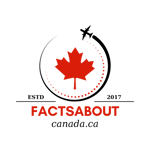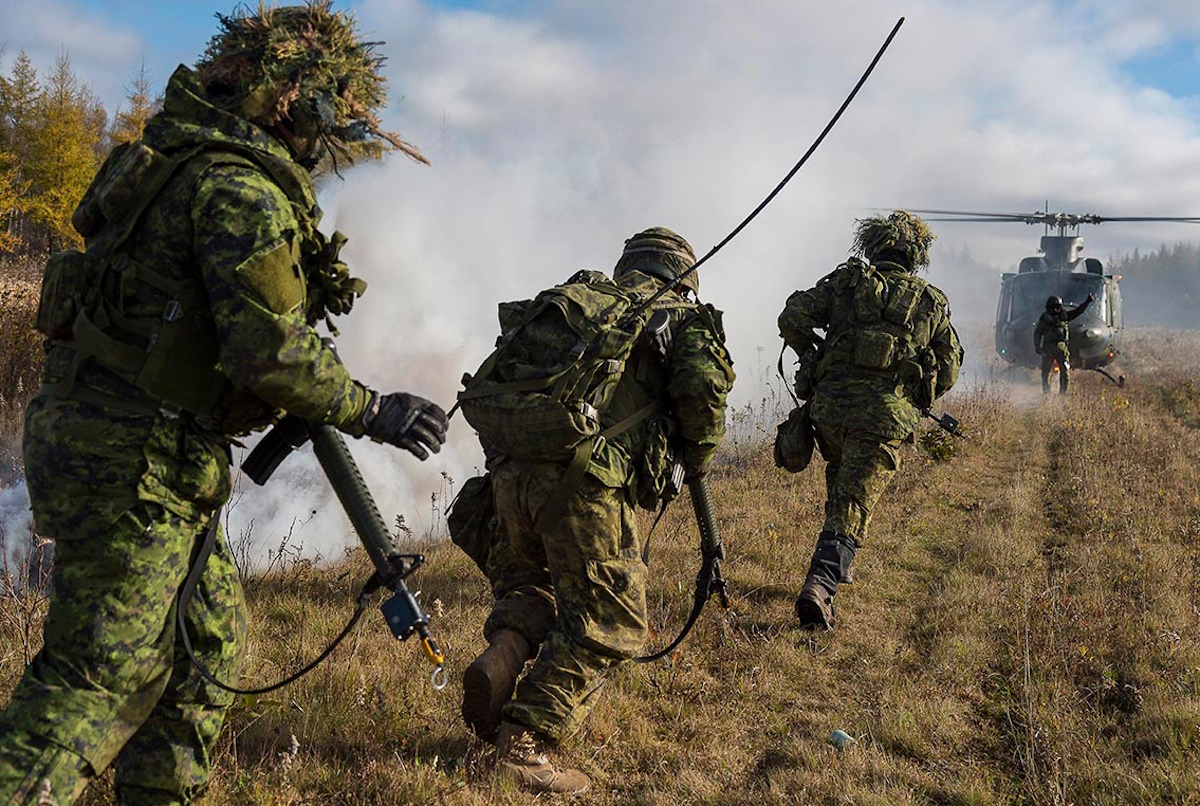The Canadian Military: Strength, Strategy, and Service
The Canadian Military, officially known as the Canadian Armed Forces (CAF), plays a crucial role in safeguarding the nation’s sovereignty, security, and prosperity. As global dynamics shift and new challenges emerge, the CAF is evolving to meet these demands with increased presence, mobility, and responsiveness. This article explores the structure, mission, and future direction of the Canadian Military, highlighting its commitment to both national defense and international cooperation.
The Structure and Mission of the Canadian Military
The Canadian Armed Forces are composed of three main branches: the Royal Canadian Navy (RCN), the Canadian Army, and the Royal Canadian Air Force (RCAF). Each branch has distinct roles but operates under a unified command structure to ensure cohesive and effective defense operations.
- Royal Canadian Navy (RCN): The RCN is responsible for maritime defense and operates a fleet of ships and submarines. It ensures the security of Canada’s vast coastline and participates in international maritime operations.
- Canadian Army: The Army is the largest branch and focuses on land-based operations. It is equipped to handle a wide range of missions, from combat operations to peacekeeping and disaster response.
- Royal Canadian Air Force (RCAF): The RCAF provides air support and surveillance. It operates a fleet of aircraft for various purposes, including fighter jets, transport planes, and helicopters.
The core mission of the CAF is to protect Canada and its citizens, defend North America in collaboration with the United States, and contribute to international peace and security. This mission is achieved through a combination of readiness, modernization, and strategic partnerships.
Modernization and Strategic Partnerships
In response to evolving threats, the CAF is undergoing significant modernization. This includes upgrading equipment, enhancing cyber capabilities, and improving infrastructure. A key focus is the Arctic region, where climate change and geopolitical interests are increasing the strategic importance of Canada’s northern territories.
The CAF also emphasizes strong partnerships, particularly with the United States through the North American Aerospace Defense Command (NORAD). Additionally, Canada contributes to NATO and other international coalitions, supporting global stability and security.
Conclusion
The Canadian Military stands at a pivotal moment, facing a future of increased complexity and competition. Through strategic modernization and robust partnerships, the CAF is well-positioned to meet these challenges. The commitment to protecting Canada and contributing to global security remains unwavering, ensuring that the Canadian Armed Forces continue to serve with excellence and dedication. As the world changes, the CAF’s adaptability and resilience will be key to maintaining the security and prosperity that Canadians have long enjoyed.

